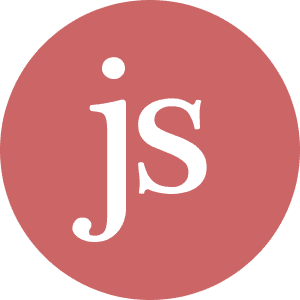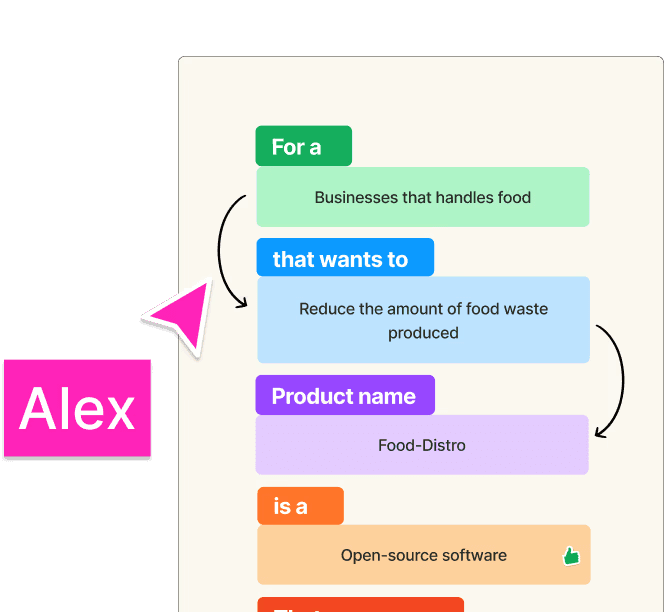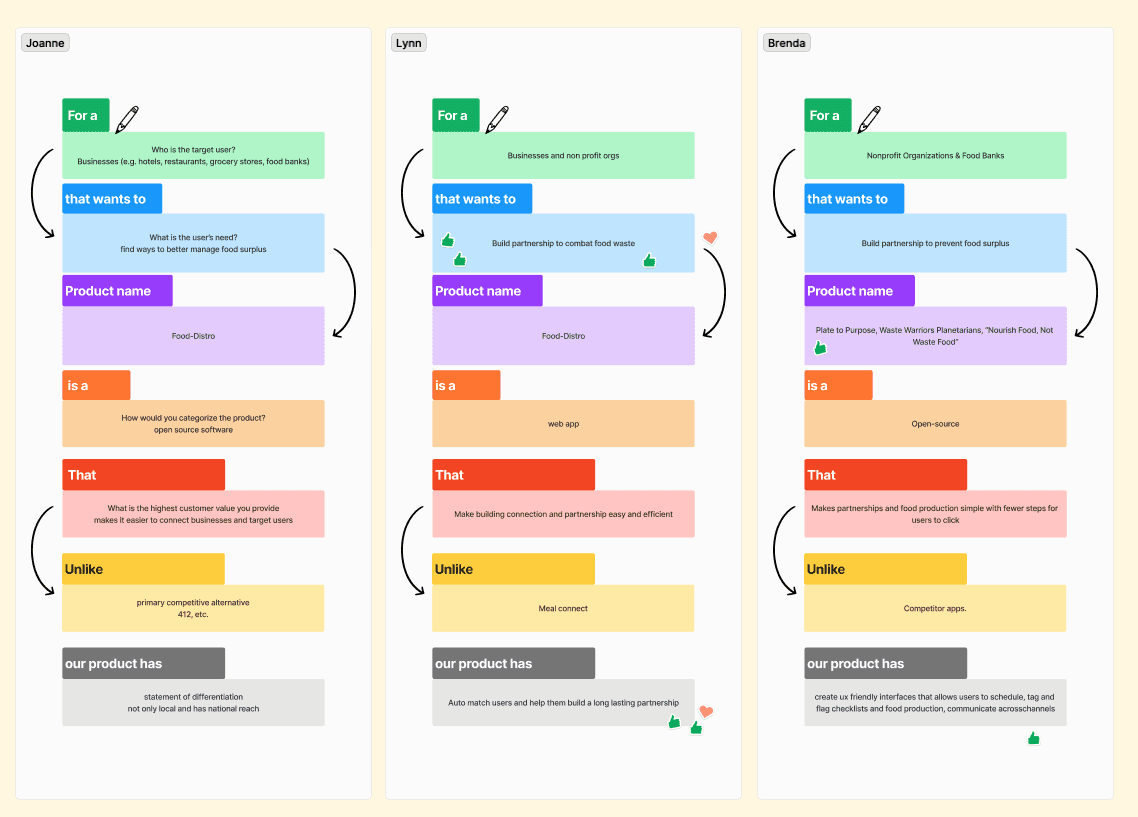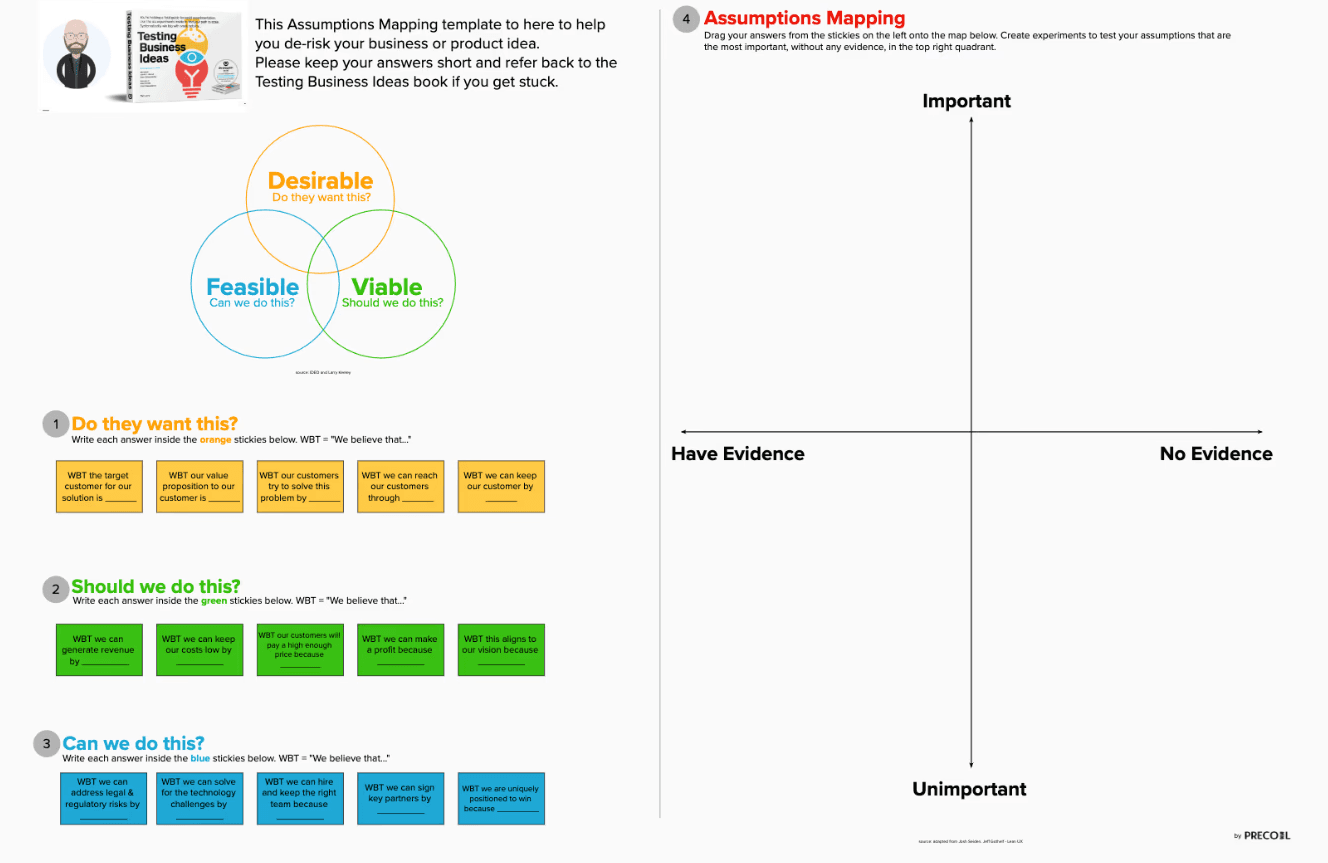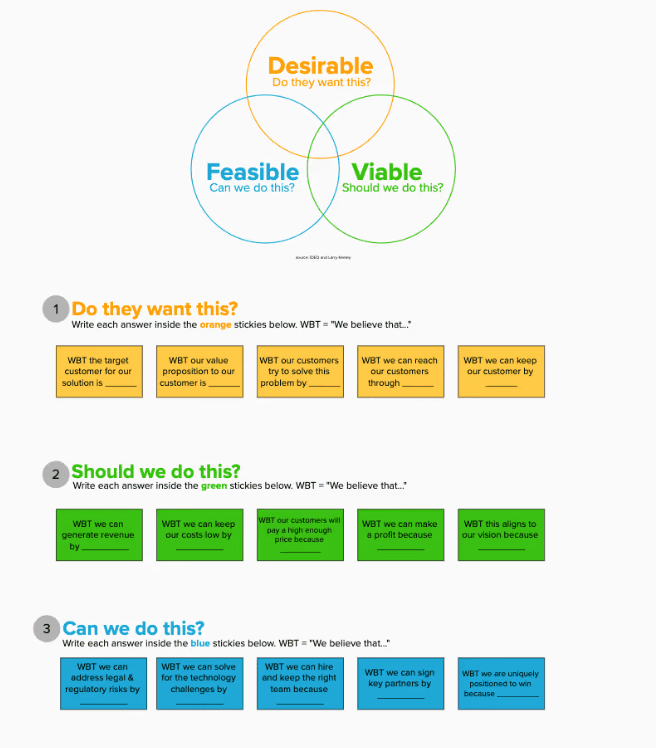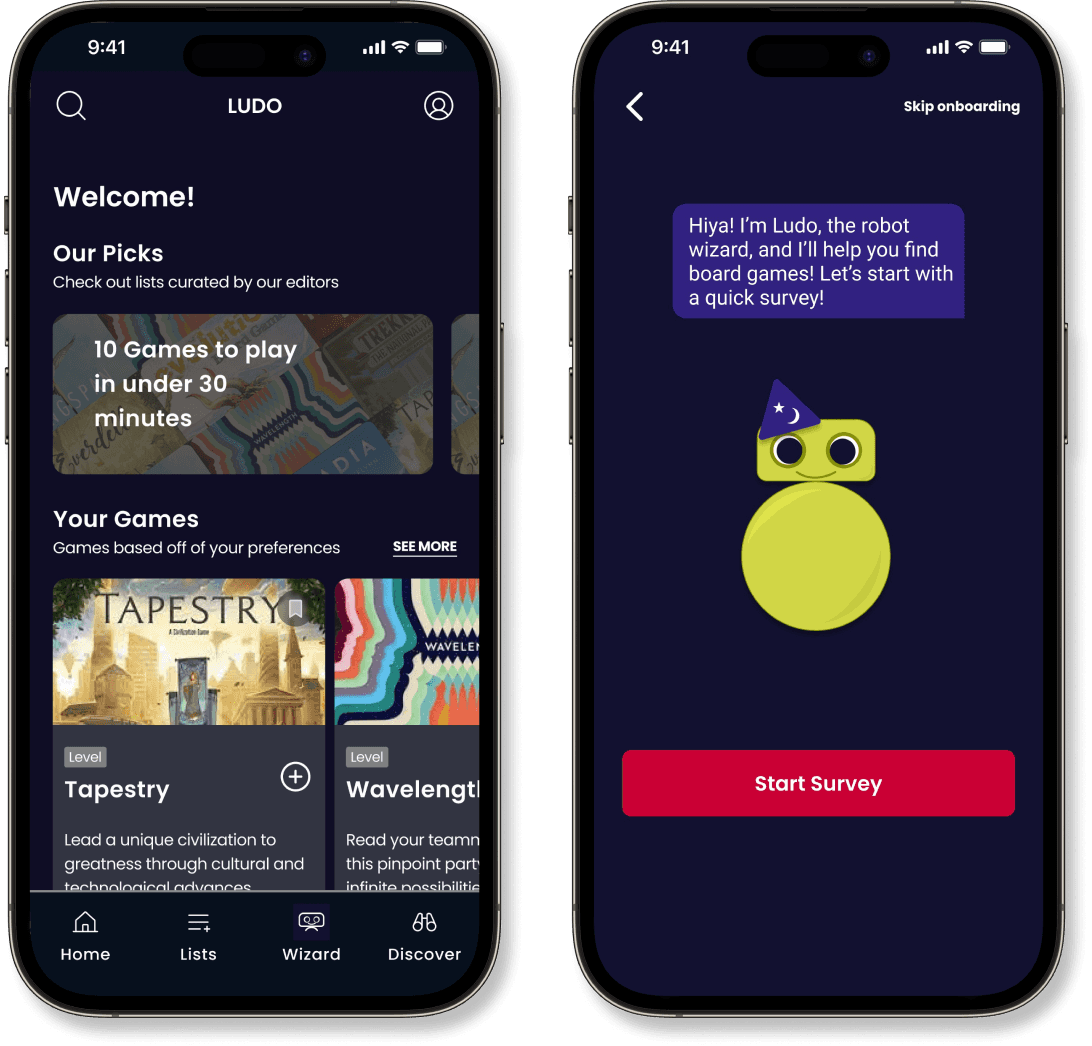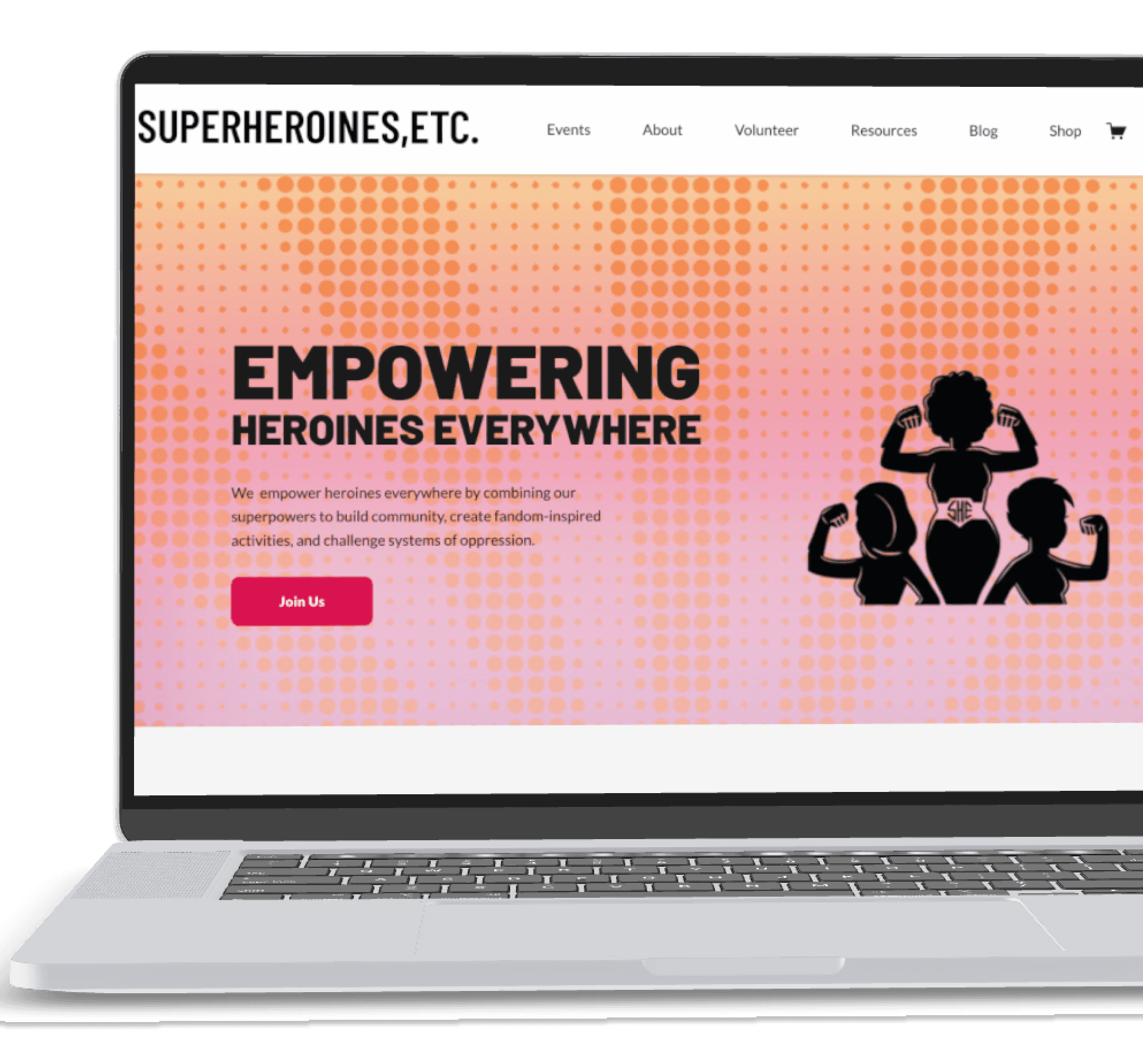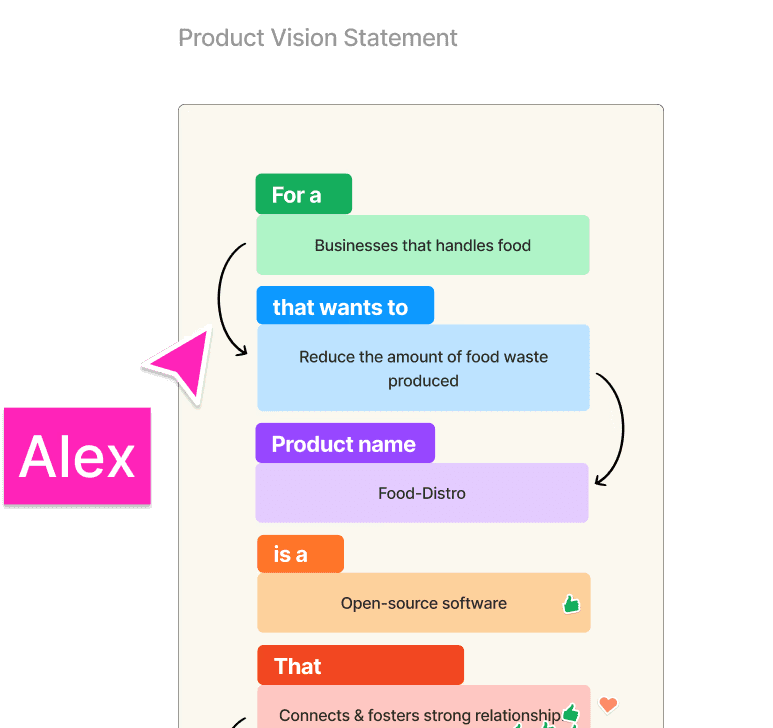PROJECT OVERVIEW
FOOD DISTRO
WHAT IS FOOD DISTRO?
Food Distro is an open-source web application that aims to solve the problem of millions of pounds of excess edible food going to waste by redistributing it to organizations in need.
AGILE APROACH
This project was organized around the agile development methodology. We were phase 2 of the project and the phase was was broken up into (6) 2 week sprints.
FOCUS
NOTE: this case study will primarily focus on the workshops the Product Strategy team facilitated.
ROLE
Lead Product Strategist, Scrum Master, Workshop Facilitator, Servant Leader
TEAMs
Project Managers
UX Design Team
UX Research Team
Product Strategy Team
TOOLS
Figma
Notion
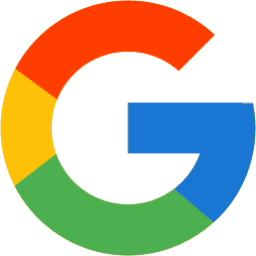
G Suite

Slack
Google Meet
DELIVERABLES
mvp
problem statements
PRODUCT VISION STATEMENT
PRODUCT REQUIREMENTS
BACKLOG
USER STORIES
aSSUMPTION MAPPING
My roles and responsibilities
Created a structured interview guide and a rubric-based grading system for evaluating product strategy applicants, ensuring a fair and consistent selection process.
Led sprint planning and retrospective meetings.
Employed a servant- leader and coach approach to guide and support apprentices throughout the project, encouraging growth and fostering a positive learning experience.
Built and maintained Notion workspace, ensuring the Kanban board, project documentation, and resources were up-to-date and accessible.
Developed and facilitated workshops to ensure team alignment and proper problem identification, helping the team to build a shared understanding of goals and approach.

Problem
Food-related businesses face challenges in donating excess or unwanted food. Consequently, a substantial amount of edible and nutritious food ends up in landfills, contributing to environmental issues and missing the opportunity for addressing food insecurity in communities.
PROJECT OBJECTIVES
Develop a networking application to redistribute excess food between businesses and non-profits in need.
Provide an educational toolkit to help educate organizations and business on best practices to reduce food waste.
Product strategy TEAM OBJECTIVES
Define clear product direction and purpose.
Establish an understanding of the problem.
Detail product requirements to guide development and alignment.
Facilitate cross-functional team alignment.
CHALLENGE 2: SOLVING THE RIGHT PROBLEM
THE 5 WHYS WORKSHOP
After completing the assumption mapping exercise, we transitioned into understanding the uncovered problems better. To achieve this, the strategy team facilitated a 5 whys workshop to uncover underlying issues.
Through this exercise, we developed several problem statements that captured the core challenges in a way that would inspire action and guide the next steps effectively.
Following this, I collaborated with the design lead to create a survey for each team member to complete. The survey asked participants to rank the problem statements based on two criteria: importance (how critical the problem was) and feasibility (how realistically it could be addressed). The process allowed us to prioritize issues systematically and align the team on where to focus our efforts.
CHALLENGE 3: GROUP DECISIONS
MVP DEVELOPMENT
Following this, I collaborated with the design lead to develop our MVP goal. To do this, we created a survey for each team member to complete. Ideally, we would have done this as a team, however we were running out of time and having trouble scheduling a team meeting. The survey asked participants to rank the problem statements based on two criteria: importance (how critical the problem was) and feasibility (how realistically it could be addressed). The process allowed us to prioritize issues systematically and align the team on where to focus our efforts. Ultimately, this helped to decrease group think and increase buy-in.
The clear winner: an online tool addressing logistical challenges for food-related businesses donating excess or unwanted food, while educating users on combating food waste.
CHALLENGE 4: setting a direction
MISSION, VISION, PRODUCT VISION STATEMENT
Crafting a clear vision, mission, and product vision statement became crucial. These statements serve as aspirational goals, guide decision-making, and offer comprehensive documentation. A collaborative workshop refined these statements, ensuring they resonated with the team and stakeholders.
MISSION
To revolutionize the fight against food waste by cultivating partnerships between food-related organizations while empowering communities with the knowledge necessary to build a sustainable and waste-free future.
VISION
To empower a global shift toward a conscientious waste-free food ecosystem
PRODUCT VISION
Food Distro is an online tool that connects organizations with excess food to those in need. Our aim is to strengthen the relationships between organizations and to empower users through education on the seamless redistribution of surplus food.
Next steps
Next steps include usability testing, incorporating feedback, and iterating on the user flows and design. In addition, adjustments to the content and branding is needed.
